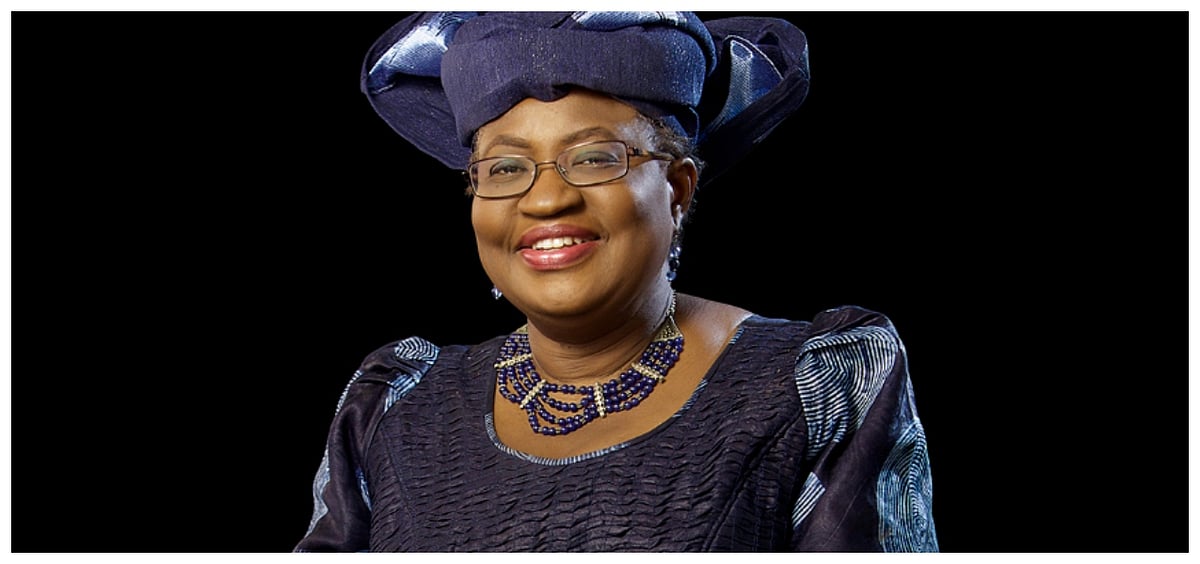The World Trade Organisation (WTO) chief Ngozi Okonjo-Iweala on Wednesday said the recent de-escalation of tariff tensions has temporarily relieved some of the pressure on global trade. However, the enduring uncertainty threatens to act as a brake on global growth, with severe negative consequences for the world, the most vulnerable economies in particular.
“I am deeply concerned by the uncertainty surrounding trade policy, including the US-China stand-off. The trade war risk is dragging the world into recession,” she added.
“In the face of this crisis, WTO members have the unprecedented opportunity to inject dynamism into the organization, foster a level-playing field, streamline decision-making, and adapt our agreements to better meet today’s global realities,” she underlined.
Asia is projected to post modest growth in both exports and imports this year (1.6% for both), along with Europe (1.0% export growth, 1.9% import growth). Both regions’ contributions to world trade growth would remain positive under current policies, albeit smaller than in the baseline low tariff scenario. The collective contribution to world trade growth of other regions would also remain positive, in part due to their importance as producers of energy products, demand for which tends to be stable over the global business cycle.
The disruption in US-China trade is expected to trigger significant trade diversion, raising concerns among third markets about increased competition from China. Chinese merchandise exports are projected to rise by 4% to 9% across all regions outside North America, as trade is redirected.
At the same time, US imports from China are expected to fall sharply in sectors such as textiles, apparel, and electrical equipment, creating new export opportunities for other suppliers able to fill the gap.
Additionally, the reinstatement of US tariffs could have severe repercussions for export-oriented least-developed countries whose economies are particularly sensitive to external economic shocks due to their concentration of trade on a small number of products as well as their limited resources to deal with setbacks. Under the current situation with the pause on US’ “reciprocal” tariffs, least-developed countries may benefit from trade diversion as their export structure is similar to China’s, especially in textiles and electronics.
The decline is expected to be particularly steep in North America, where exports are forecasted to drop by 12.6%. However, severe downside risks exist, including the application of “reciprocal” tariffs and broader spillover of policy uncertainty, which could lead to an even sharper decline of 1.5% in global goods trade and hurt export-oriented least-developed countries.
The volume of services trade is forecasted to grow by 4.0% in 2025, around 1 percentage point less than expected. The volume of world merchandise trade is expected to decline by 0.2% in 2025 under current conditions, nearly three percentage points lower than what would have been expected under a “low tariff” baseline scenario, according to the WTO Secretariat’s latest global trade outlook and statistics report released on Wednesday. This is premised on the tariff situation as of 14 April. Trade could shrink even further, to-1.5% in 2025, if the situation deteriorates.
Services trade, though not directly subject to tariffs, is also expected to be adversely affected, with the global volume of commercial services trade now forecast to grow by 4.0%, slower than expected.
At the start of the year, the WTO Secretariat expected to see continued expansion of world trade in 2025 and 2026, with merchandise trade growing in line with world GDP and commercial services trade increasing at a faster pace. However, the large number of new tariffs introduced since January prompted WTO economists to reassess the trade situation, resulting in a substantial downgrade to their forecast for merchandise trade and a smaller reduction in their outlook for services trade.
Risks to the merchandise trade forecast persist, particularly from the reactivation of the suspended “reciprocal tariffs” by the United States, as well as the spread of trade policy uncertainty that could impact non-US trade relationships. If realized, reciprocal tariffs would reduce global merchandise trade volume growth by 0.6 percentage points in 2025 while spreading trade policy uncertainty could shave off another 0.8 percentage points. Together, reciprocal tariffs and spreading trade policy uncertainty would lead to a 1.5% decline in world merchandise trade in 2025. These scenarios are explored in detail in the Analytical Chapter of the report. Risks to services trade related to the escalation in trade tensions are not currently captured in the forecast.
“Our simulations show that trade policy uncertainty has a significant dampening effect on trade flows, reducing exports and weakening economic activity,” WTO Chief Economist Ralph Ossa said.
“Moreover, tariffs are a policy lever with wide-ranging, and often unintended consequences. In a world of growing trade tensions, a clear-eyed view of those trade-offs is more important than ever.”
The latest forecast marks a reversal from 2024, when the volume of world merchandise trade grew 2.9%, while GDP expanded by 2.8%, making 2024 the first year since 2017 (excluding the rebound from the Covid-19 pandemic) where merchandise trade grew faster than output.
In 2025, the impact of recent tariff measures on merchandise trade is expected to differ sharply across regions.
